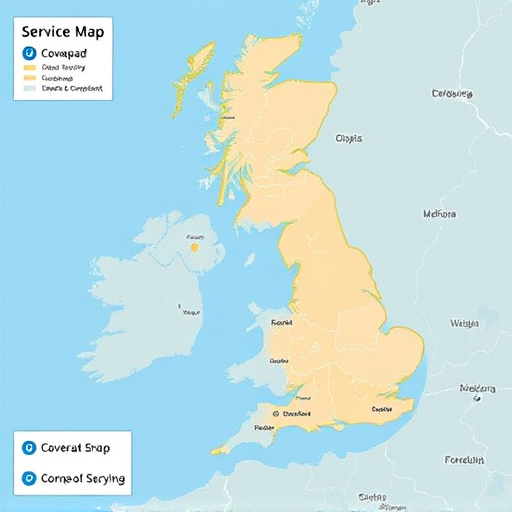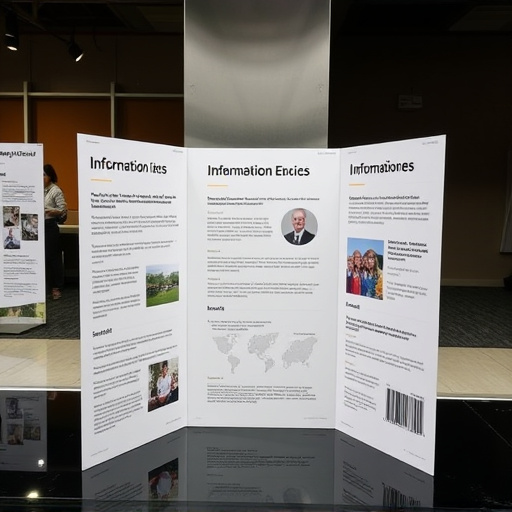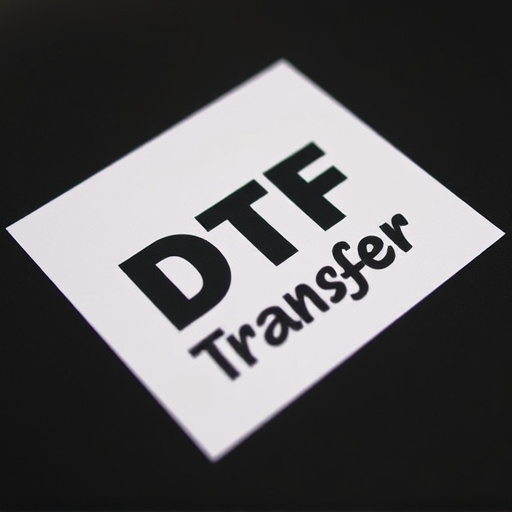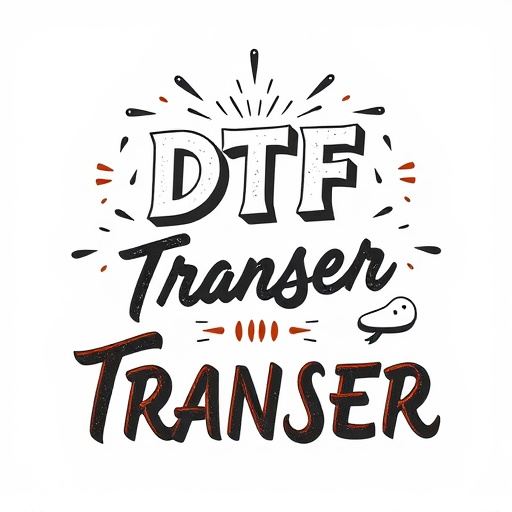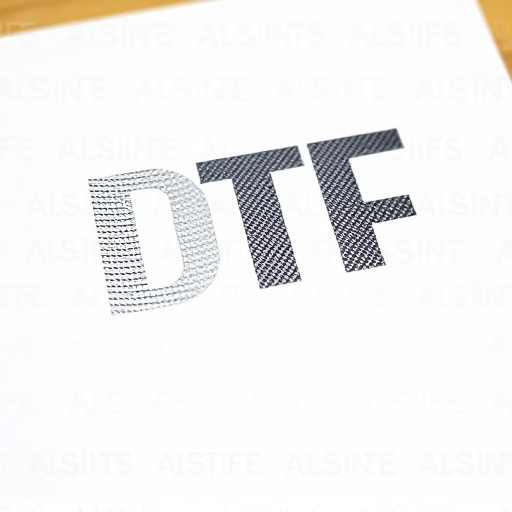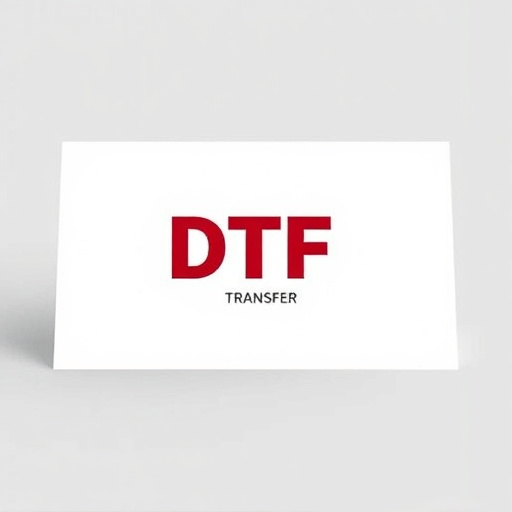Direct to Film (DTF) transfer technology revolutionizes intricate design reproduction with cutting-edge digital imaging. Offering superior resolution, color accuracy, and dynamic range, DTF enables high-quality prints on diverse materials. Its precision allows for the accurate capture of fine art details, making it a top choice for artists and conservators. DTF's versatility is evident in its applications across fashion, textiles, and promotional items. With advancements in ink formulas, scanning technology, and material exploration, the future of DTF printing promises even more creative possibilities and enhanced quality.
“Unleashing the Power of DTF Transfers: Revolutionizing Intricate Design Reproduction
In the realm of visual arts and printing, the Digital Transfer Film (DTF) technology has emerged as a game-changer. This article delves into the capabilities of DTF transfers, particularly their prowess in reproducing intricate design elements with remarkable precision. From its underlying technology to practical applications, we explore how DTF is transforming industries worldwide. Prepare to discover the future of printing, where detail and creativity intertwine.”
- Understanding Digital Transfer Technology: An Overview of DTF
- The Advantages of DTF for Reproducing Intricate Designs
- Process of Creating a DTF Transfer: Step-by-Step Guide
- Choosing the Right Materials for Optimal DTF Prints
- Applications of DTF in Various Industries
- Future Prospects and Innovations in DTF Printing
Understanding Digital Transfer Technology: An Overview of DTF
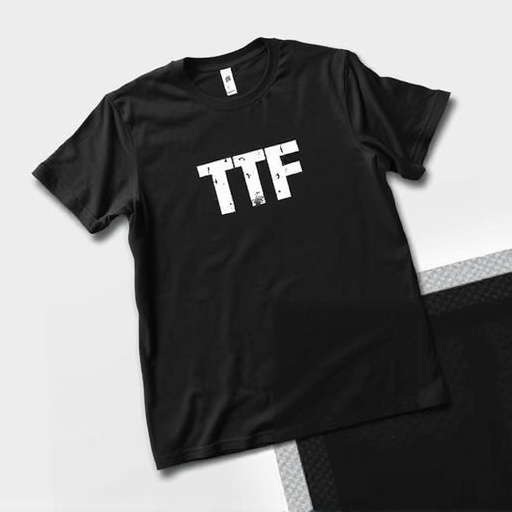
The Digital Transfer Technology (DTF) process revolutionizes how intricate design elements are captured and reproduced in film transfers. Unlike traditional methods, DTF employs cutting-edge digital imaging to capture every detail with remarkable precision. This advanced technology ensures that even the smallest, most nuanced design features are faithfully replicated, making it ideal for complex patterns and fine art pieces.
DTF offers a range of benefits, including superior resolution, color accuracy, and dynamic range compared to analog methods. It facilitates the creation of high-quality DTF prints, which can be produced on various materials, from traditional paper to innovative synthetic surfaces. This versatility makes DTF a preferred choice for artists, collectors, and conservators seeking to preserve or reproduce intricate designs with unparalleled detail and authenticity.
The Advantages of DTF for Reproducing Intricate Designs

Direct to film (DTF) transfer offers unparalleled advantages when it comes to reproducing intricate design elements in prints. Unlike traditional printing methods, DTF allows for a more precise and detailed reproduction of even the most complex patterns, lines, and textures. This is achieved through the direct exposure of a film emulsion to a digital image, eliminating the need for intermediate plates or screens, which can introduce inaccuracies.
The result is a richer, more vibrant print with exceptional resolution and color accuracy. DTF printing is particularly favored in industries where intricate designs are crucial, such as fashion, textile, and graphic design. It ensures that every fine detail is captured and presented with remarkable clarity, making it an indispensable tool for creating high-quality, visually stunning DTF prints that truly bring designs to life.
Process of Creating a DTF Transfer: Step-by-Step Guide
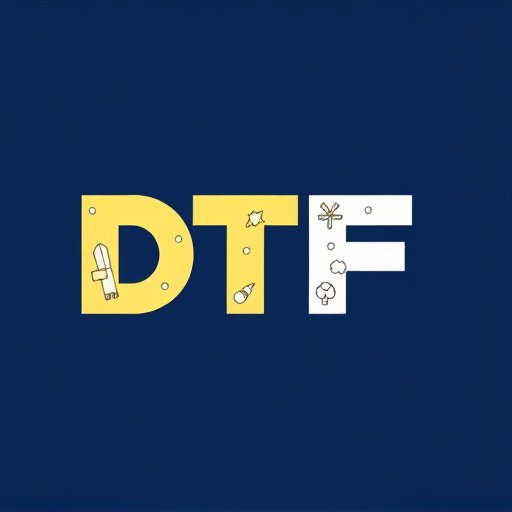
Creating a DTF (Direct to Film) transfer involves a meticulous process that reproduces intricate design elements with remarkable accuracy. It begins with digitizing the original artwork or graphic, ensuring high-resolution details for optimal print quality. This digital file is then prepared for printing by adjusting color profiles and settings to match the desired output.
Next, specialized software is used to generate a mask, which serves as a guide for the transfer process. The mask is aligned precisely with the design, allowing for accurate placement on the film. The actual DTF transfer occurs when the masked digital image is etched onto a clear polyester film using UV light. This precise technique ensures that every detail, from fine lines to complex patterns, is faithfully replicated. Once the transfer is complete, the film is ready for printing, producing stunning DTF prints with intricate details that can be applied to various materials and surfaces.
Choosing the Right Materials for Optimal DTF Prints

When it comes to creating high-quality DTF (Direct to Fabric) transfers with intricate design elements, selecting the right materials is paramount. The fabric itself plays a significant role in determining the final print’s clarity and durability. For optimal DTF prints, consider fabrics with a smooth surface that allows ink to adhere evenly, such as cotton or poly-cotton blends. These materials ensure the fine details of the design are accurately reproduced without smudging or fading.
Additionally, choosing the appropriate transfer paper is crucial. High-quality DTF transfer papers have a strong adhesive backing and are designed to withstand the heat and pressure of the printing process. Look for papers specifically formulated for your chosen fabric type to achieve the best results. The right combination of fabric and transfer paper will result in vibrant, long-lasting DTF prints, even with complex design elements.
Applications of DTF in Various Industries

The versatility of Direct-to-Film (DTF) transfer technology has seen its applications expand across various industries, revolutionizing the way intricate design elements are brought to life. From fashion and textiles to signage and advertising, DTF printing offers a game-changing solution for creating high-quality, vibrant prints with remarkable detail. In the fashion industry, designers can now easily incorporate custom patterns and textures onto fabric, allowing for unique and personalized clothing lines.
In addition, DTF transfer has become a preferred method in the manufacturing of promotional items and merchandise. The technology enables the reproduction of complex designs on various materials, including plastic, metal, and wood, making it ideal for creating customized corporate gifts, product packaging, and decorative accessories. Moreover, its ability to produce precise, sharp prints makes DTF perfect for high-resolution images and fine artwork, ensuring that every intricate detail is captured and displayed beautifully in final DTG prints.
Future Prospects and Innovations in DTF Printing

As technology continues to advance, future prospects for DTF printing look promising, offering even more possibilities for intricate design reproduction. Innovations such as improved ink formulations and precision printing techniques will enable even finer detail and richer colors in DTF transfers. The integration of advanced scanners and AI-driven design software could streamline the process, allowing for faster production times and enhanced customization.
Additionally, the exploration of new materials and substrates is expected to expand the versatility of DTF technology. This includes the development of flexible and stretchable films, opening doors for innovative applications in wearable art, textiles, and even interactive displays. With ongoing research and investment in the field, DTF printing is poised to become a go-to method for creating high-fidelity, visually stunning prints with intricate design elements across various industries.





